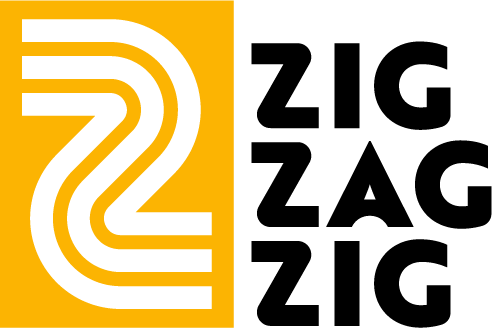The journey of entrepreneurship is filled with successes, but also with obstacles. While the excitement of bringing your own vision to life is fantastic, juggling the many aspects of running a business can feel like navigating a minefield. One area that is particularly challenging for many entrepreneurs is design. From creating a website to developing a brand, a wrong step in design can have disastrous consequences, affecting your budget, time, and even your reputation.
How can you avoid becoming one of those cautionary tales in the annals of design disasters? Here are 5 common mistakes entrepreneurs face—and how to avoid them:
1. Uncontrolled Project Changes: The Uninvited Guest of Design
You start with a simple website redesign, but soon find yourself adding features, pages, and animations that weren’t part of the original plan. This ongoing tendency to change the project can quickly inflate your budget and extend the timeline, leaving you frustrated and feeling like you’ve lost control.
Solution: Clarify your goals and needs from the very beginning. Define the project plan in detail together with your designer and stick to it. Don’t be afraid to say “no” to additional requests—unless you’re willing to adjust the budget and timeline accordingly.
2. Communication Issues: Speaking Different Languages
You envision a sleek, minimalist logo, but the designer comes back with a concept that’s overly elaborate. These communication gaps are a sure path to disappointment.
Solution: Invest time in clearly briefing your designer. Use visual materials, mood boards, and even competitor examples to illustrate your vision. Actively listen to their feedback and ask questions to make sure you're both on the same page.
3. Budget Crisis: When Dreams Clash with Reality
Design can be expensive, and underestimating the costs is a common mistake. This can lead to excessive cutbacks, choosing lower-quality options, or even abandoning the project altogether.
Solution: Do your homework! Get quotes from different designers and understand the factors that influence pricing. Be realistic about your budget and communicate it clearly from the start. Remember—good design is an investment, not just an expense.
4. Chaotic Feedback: Too Many Opinions
Getting feedback from multiple stakeholders is important, but an overwhelming amount of conflicting opinions can derail the process.
Solution: Appoint a single decision-maker to provide consolidated feedback to the designer. Encourage open communication, but limit the number of people directly involved in the feedback loops.
5. The “Good Enough” Approach: Flying Blind
Jumping into a design project without a clear strategy is like setting off on a road trip without a map. You might end up somewhere, but it probably won’t be your intended destination.
Solution: Before diving into the core of the project, develop a clear brand strategy that outlines your target audience, brand values, and overall vision. This strategy will serve as a roadmap for your designer, ensuring the final product aligns with your business goals.




